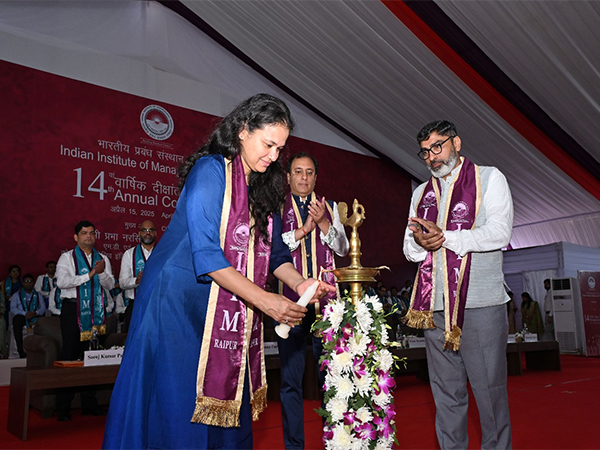Analytics and Technology are transforming India's Taxman
Aug 09, 2022

New Delhi [India], August 9 (ANI/Mediawire): Sweeping technology-driven changes in tax administration for companies and individuals is unfolding, with services like never before.
Voluntary tax compliance has been the buzzword. Use of technology and skilling of the tax professional is the quiet change.
is unfolding the new way of undertaking tax compliance in India.
The four broad themes have been the pillars of silent change that has been brewing with the tax administration. A very scalable platform is now ready and allows for several new services being launched over an extended period. To begin with, a payment system that connects the platform to banks and financial institutions could make transactions easier is already working. Mobile-driven responses to AIS, mobile apps for convenience, use of e-filing and other new services are in the works.
As time goes by, more and more new services are planned to be launched on the new platform. The changes will be geared to providing real-time services keeping the taxpayers' needs in mind. Imagine, millions of individuals and thousands of companies using hundreds of these services.
The way information is gathered by the tax administration is undergoing a sea change. As the net is cast wider with additional source for the TDS and TCS deductions, there is more data at hand too. A data exchange agreement - automatic and request-based - with GST, CBIC and other similar bodies is adding to the widened data sources. The taxpayer can also expect consent-based exchange of data from his tax return. The consent can be given to specific entities for loans or other services. With this information management processes, the taxman is trying to make compliance management for companies easier.
As part of the effort to drive voluntary compliance, the sources from where the data is being collected is being shared with the taxpayer. It began with pre-filling the returns, but the bar is being raised now. Much before the returns have been filed, any discrepancy can be seen in the AIS/TIS, and a response can be filed with the taxman. That will allow the modified value to be used for pre-filling the AIS/TIS.
With 100 per cent electronic records the order of the day, any information that has been submitted by the taxpayer is always available with the income tax department. If there is any investigation carried out, electronic records for that are available. That enables specialisation, data analytics, knowledge management around legal issues or a case needing physical verification - all these areas can be leveraged in the future. That is transforming the way in which assessments and appeal functions are carried out.
With the extensive use of
, how can companies keep up with their compliance needs? With the basic technology framework in place, the taxman suggests that companies should regularly keep an eye on the AIS well ahead of the date for filing returns. Feedback on sources of data or duplication of data will help in correction at the source, cutting down the chances of the need for reconciliation.
It is the time for the tax department and tax-paying companies and individuals to work closely together. Technology has helped the tax administration make its moves. Improved voluntary compliance could make it worth the effort.
While the taxman goes about the changes, EY conducted a survey '
'. In its fourth year, it evinced responses from 140+ companies across 20+ industries. 85 per cent wanted to re-engineer their tax function while over 50 per cent responded that they did not have the ideal tax function. A whopping 84 per cent believe the workload will increase with the recent legislative changes and 95 per cent expect increased workload if the government uses targeted data. 80 per cent of the respondents said they expect an increase in their tax risk profile.
This story is provided by Mediawire. ANI will not be responsible in any way for the content of this article. (ANI/Mediawire)




















